
The operator performing stick welding
Stick welding, also known as Shielded Metal Arc Welding (SMAW) or manual metal arc welding, is one of the oldest and most popular metal welding processes. Its versatility and ease of use make it a go-to option for many welders, from amateurs to professionals.
In this article, we will explore the ins and outs of stick welding, including its applications, key considerations for welding different materials, essential equipment, and safety gear, and techniques to ensure successful welds.
What is Stick Welding?
Stick welding is an arc welding process that uses a consumable electrode coated with a flux to lay down the weld. The flux coating on the electrode not only protects the molten metal from contamination but also provides a shielding gas to prevent oxidation. This makes stick welding suitable for use in various environments, including outdoors and in windy conditions.
The process begins with the electrode being inserted into the electrode holder, which is connected to a power source. The welder then strikes an arc by touching the electrode to the base metal, creating intense heat that melts both the electrode and the base metal. As the electrode is consumed, the molten metal solidifies and forms a weld bead.
Stick Welding Aluminum: Key Considerations
Stick welding aluminum can be challenging due to the material’s unique properties. Aluminum has a lower melting point than steel, which means that it can be more susceptible to distortion and burn-through. It also has a strong oxide layer that can lead to a contaminated weld if not properly addressed. Here are some key considerations for stick welding aluminum:
| Key Considerations for Stick Welding Aluminum | Description |
|---|---|
| Aluminum Electrodes | Use special aluminum electrodes for stability. |
| AC Power | Use AC power for better cleaning and penetration. |
| Clean Base Metal | Clean the base metal thoroughly before welding. |
| Preheating | Preheat the workpiece to reduce cracking. |
| Correct Amperage and Travel Speed | Find the optimal settings to avoid overheating. |
| Proper Shielding Gas | Use a gas lens and trailing shield to reduce porosity. |
| Joint Design and Fit-Up | Use appropriate joints with minimal gaps. |
| Post-Weld Cleaning | Clean the weld area to remove flux residue and impurities. |
Stick Welding Stainless Steel: Best Practices
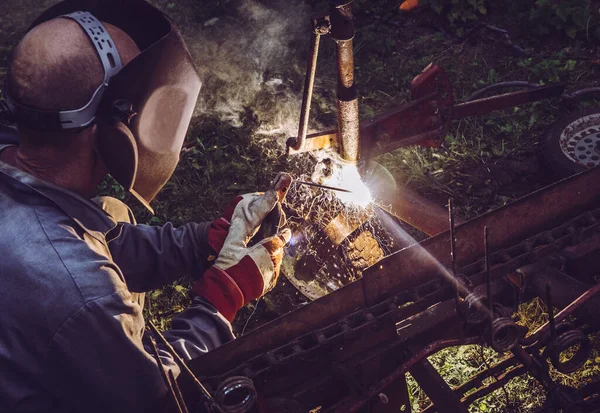
Stick welding, also known as shielded metal arc welding (SMAW), can be effectively used for welding stainless steel. However, it requires adherence to best practices to ensure high-quality welds. Here are some key considerations and best practices for stick welding stainless steel:
| Key Considerations for Stick Welding Stainless Steel | Description |
|---|---|
| Selecting the Right Electrode | Choose an electrode designed for stainless steel welding. |
| Proper Cleaning and Preparation | Thoroughly clean the stainless steel before welding. |
| Appropriate Amperage and Travel Speed | Achieve the correct amperage and travel speed. |
| Joint Design and Fit-Up | Use proper joints and tight fit-up. |
| Shielding Gas Selection | Use a gas lens and trailing shield to reduce porosity. |
| Controlling Heat Input | Control the heat input and avoid excessive weaving. |
| Post-Weld Cleaning and Passivation | Remove flux residue and consider passivation. |
Essential Stick Welding Equipment and Safety Gear
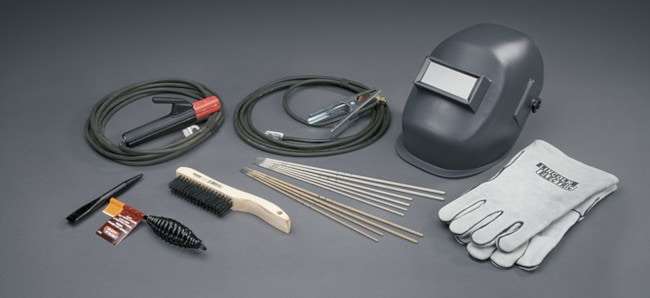
Safety gears for stick welding operation
To perform stick welding safely and effectively, it is crucial to have the right equipment and safety When it comes to stick welding, there are several essential tools that every welder should have in their arsenal. Let’s take a closer look at each one to understand their importance and how they can contribute to successful welding projects.
- Welding machine: To start, it’s crucial to have a reliable welding machine that you can depend on. Look for one with adjustable amperage control to match the demands of your intended workload. A machine with a suitable duty cycle will also ensure that you can work for extended periods without experiencing any issues.
- Electrode holder and cables: In addition to a welding machine, you’ll need a sturdy electrode holder and high-quality cables. These components play a significant role in efficient current transfer and safe operation. By ensuring that you have the right equipment, you can be confident that you’ll be able to complete your projects with ease.
- Ground clamp: Another essential tool is a strong ground clamp. This component is responsible for creating a stable electrical connection, which can improve arc stability and reduce the likelihood of arc blow. By using a high-quality ground clamp, you can ensure that your welding projects are completed to the highest standard.
- Welding helmet: It’s essential to protect your eyes from harmful UV and infrared radiation when welding. A good-quality auto-darkening welding helmet is the best way to achieve this. Not only does it protect your eyes, but it also allows you to see the weld puddle clearly, ensuring that you can produce high-quality welds.
- Welding gloves: Welding can generate a lot of heat, sparks, and spatter, which can be dangerous for your hands. That’s why heat-resistant welding gloves are a must-have item for any welder. With the right gloves, you can protect your hands and work with confidence.
- Protective clothing: Finally, wearing flame-resistant clothing is essential to protect your body from burns. A welding jacket or apron is an excellent option for this. By wearing the right clothing, you can ensure that you stay safe while completing your welding projects.
By having each of these tools in your welding toolkit, you can be confident that you’ll be able to complete any welding project with ease.
Try Prolean Now!
Stick Welding Techniques for Success
Mastering stick welding requires practice and attention to technique. Here are some tips for successful stick welding:
- Proper arc length: Maintaining a consistent, tight arc length is crucial for a stable arc and good weld penetration. A general rule of thumb is to keep the arc length about the same as the diameter of the electrode’s core wire.
- Correct electrode angle: The electrode angle plays a significant role in the weld bead shape and penetration. A 90-degree angle (perpendicular to the workpiece) is generally recommended for flat and horizontal welding, while a slight drag angle (10 to 15 degrees) is used for vertical and overhead positions.
- Consistent travel speed: A steady travel speed ensures even weld bead deposition and proper fusion between the base metal and the electrode.
- Proper manipulation: Manipulating the electrode in a consistent pattern, such as a weave or whip motion, can help control the weld pool and produce a uniform weld bead.
Troubleshooting Common Stick Welding Problems
Stick welders may encounter various issues that can affect weld quality. Here are some common problems and their solutions:
- Porosity: Gas bubbles trapped in the weld can weaken the weld joint. To prevent porosity, ensure proper cleaning of the base metal, use the correct electrode, and maintain a consistent arc length.
- Undercut: Undercut is a groove melted into the base metal along the edge of the weld that is not filled with filler metal. To prevent undercut, use the appropriate amperage setting, maintain a correct electrode angle, and avoid excessive travel speed.
- Lack of fusion: Incomplete fusion between the base metal and the weld bead can lead to weak weld joints. To ensure proper fusion, maintain a tight arc length, use the correct amperage setting, and follow the recommended electrode manipulation techniques.
Conclusion
Mastering the art of stick welding requires practice, patience, and attention to detail. By understanding the process, selecting the right equipment and safety gear, and following best practices for welding various materials, welders can achieve success in their stick welding projects. With its versatility and wide range of applications, stick welding is a valuable skill for any welder to have in their repertoire.
FAQ’s
What is the difference between AC and DC stick welding?
AC (alternating current) and DC (direct current) are two types of current used in stick welding. DC provides a smoother, more stable arc and is generally preferred for most applications. However, AC is sometimes used for specific materials or when welding equipment limitations necessitate its use.
Can stick welding be used for thin materials?
Stick welding is typically better suited for thicker materials, as it can be challenging to control heat input and avoid burn-through on thin materials. For thinner materials, other welding processes, such as TIG or MIG, are often preferred.
How do I choose the right electrode for stick welding?
The appropriate electrode for stick welding depends on the material being welded, the desired weld properties, and the welding position. Consult electrode manufacturer guidelines and industry standards to select the proper electrode for your specific application.
What are some common applications for stick welding?
Stick welding is commonly used for construction, pipeline welding, shipbuilding, and repair and maintenance work. It is also suitable for use in outdoor environments, as it can tolerate wind and other adverse weather conditions.

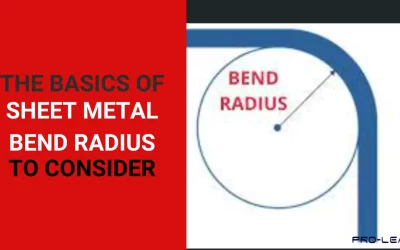
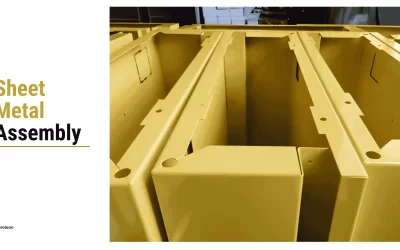
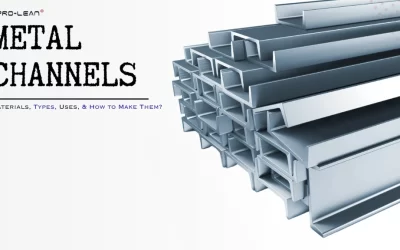
0 Comments